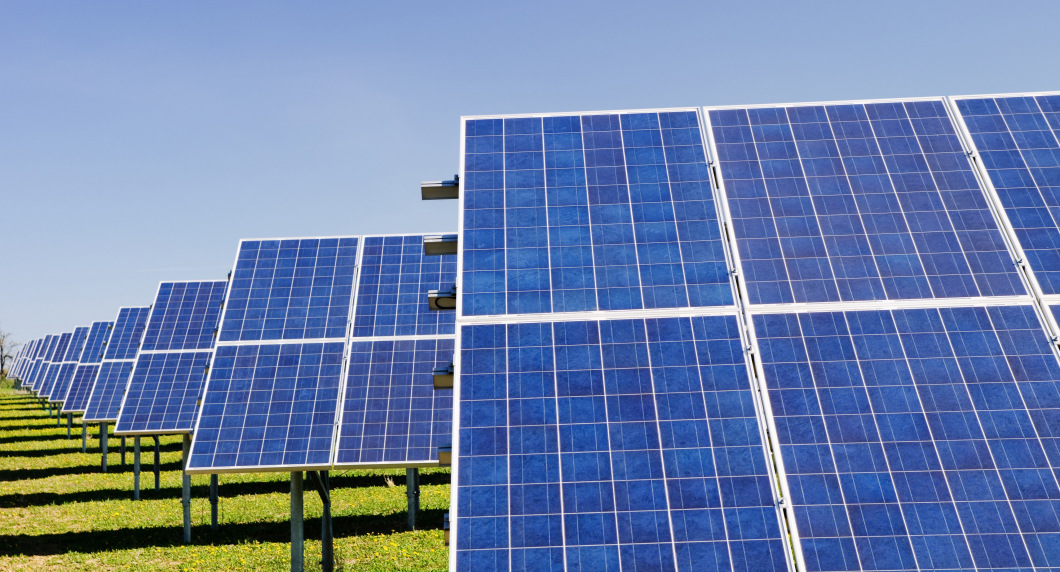Critics can be quick to point out that solar panels have a carbon footprint which enthusiasts often tend to forget about. This is true - there is energy, chemicals and transportation involved in their manufacture and installation - but research shows
that a solar panel's carbon footprint is at least 20 times smaller than that of coal - and has been continuing to drop as the technology improves and production volumes increase.
The objection is essentially that 'Solar panels are made from non-renewable fossil fuels'.
According to Craig Bailey of the Solar Trust Centre, "One of the common responses we see on Facebook when discussing solar and renewables,
are people stating objections such as, "It costs more in fossil fuels to build the solar panels and systems than you'll ever save over the life of the system."
A recent study shows that manufacturing-energy payback time has already hit the 1-year mark for cadmium telluride panels. Put another way, it takes less than a year for you to pay back the environmental cost of all the materials and production and transport of the solar panels. When using this sort of a solar panel, after 1 year you are effectively generating electricity free from environmental cost.
This means these solar panels produce as much energy as was consumed during their manufacturing and installation within a single year, and after that first year they are carbon negative.
How efficient are Solar Panels?
Sunpower holds the record for the world's most efficient rooftop solar panels. The highest confirmed efficiency of converting solar energy into electricity is 22.8%. Their commercially available X21 with 21.5% efficiency is their highest so far. They have also confirmed X22 series with 22.5% efficiency.
Panasonic also has a 21.4% efficiency module with their HIT solar cell. They also apparently hold the world highest efficiency of the module recorded of about 23.8%, which is not commercially available at the time of publishing.
Considering the produced emissions for the raw material transport, waste processing, waste
transportation, in addition to the manufacturing process itself, the results would be as shown below:
In addition, coal and gas also have a hidden, indirect carbon and energy footprint on top of their direct energy costs. These lifecycle energy uses and emissions come from extraction machinery and fuel transport. Significantly, they also come from methane leaks at pipelines, well heads or coal mines. These lifecycle emissions continue, even if coal or gas plants add CCS, which also may not capture 100% of emissions at the power plant.
According to the European Commission Product Environmental Footprint methodology, upstream processes generate between 80% to just over 95% of the emissions in a PV power plant's lifecycle. This includes the extraction of raw materials, production of semi-conductor materials, manufacturing of modules and Balance of Systems (BoS) components, and construction.
Solar technology has progressed leaps and bounds in the past two decades. For those who continue to question solar's carbon footprint, a barrage of scientific studies show that the carbon life-cycles of solar power (photovoltaic and thin film) are between one and three years, and improving.
Coal, on the other hand, generates 974 grams of carbon dioxide per kilowatt hour.
Sources & Citations
This Energyboom article contains information and quotations from a variety of sources, including the following:- https://www.carbonbrief.org/solar-wind-nuclear-amazingly-low-carbon-footprints
- http://www.energybulletin.net/node/17219
- https://www.euractiv.com/section/energy/opinion/mondaycop22-lower-co2-emissions-with-lower-carbon-solar-energy/
- https://solartrustcentre.com.au/long-take-solar-carbon-positive/
- http://www.mnn.com:80/green-tech/research-innovations/blogs/how-much-co2-does-one-solar-panel-create








